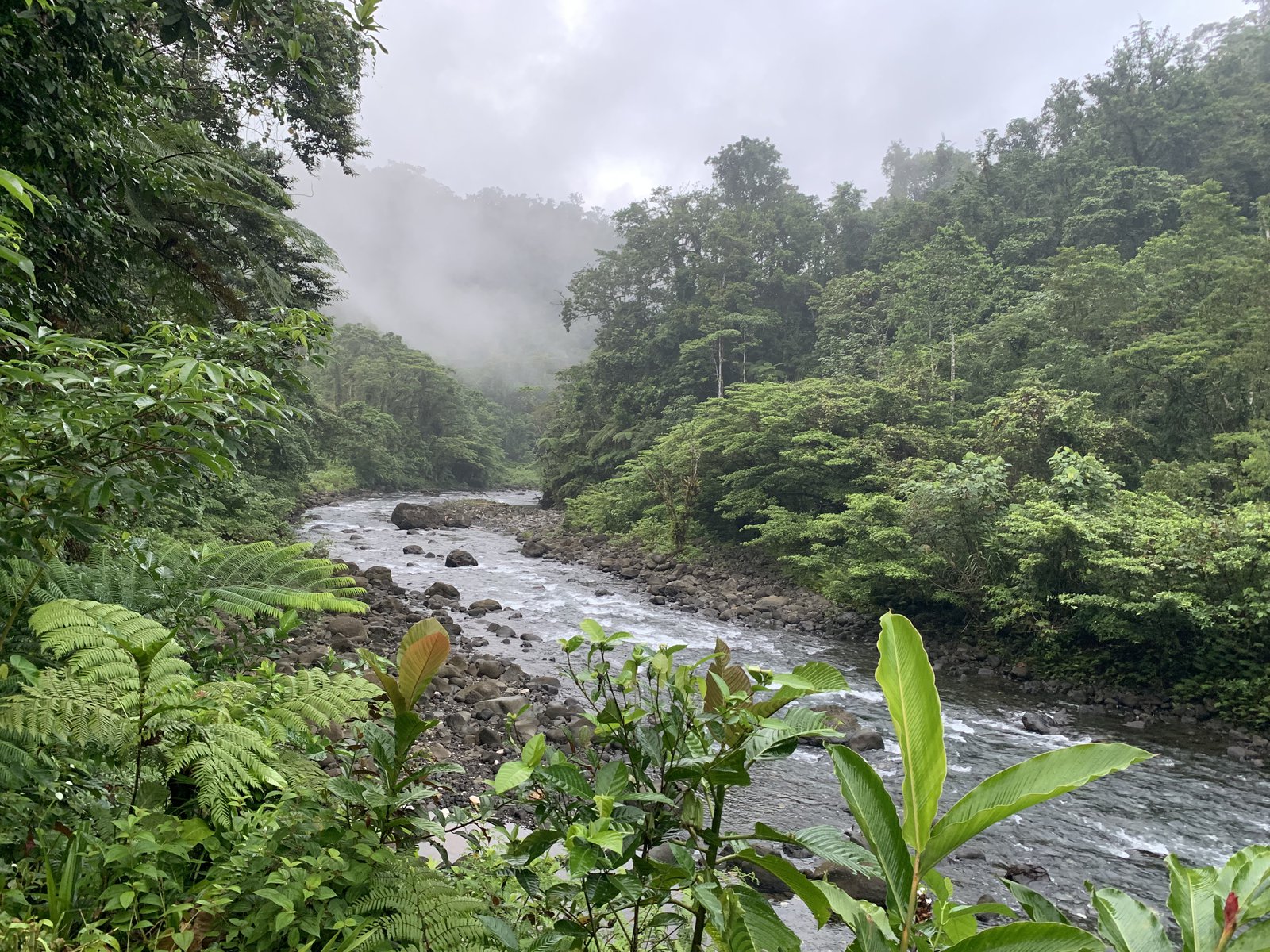Solomon Islands archipelago workshops
In mid-September three AM scientists, Dr Rebecca Johnson, Dr Tim Flannery and Paul Flemons travelled to the Solomon Islands to participate in two workshops, one in Honiara and one at Gala on the island of Malaita, to mark 3 years of co-operation in environmental conservation between the Kwaio and the Australian Museum. While the 3 years of grant funding from Fondation Segre is now coming to an end, the workshop was aimed at ensuring conservation efforts continue.

Gala Workshop attendees are welcomed with a traditional dance from members of the local Kwaio community.Malaita, Solomon Islands.
Image: Australian Museum© Australian Museum
To the north east of Australia lie the six major islands which comprise the Solomon Island archipelago. These rainforested islands are home to incredible and unique biological diversity, including the elusive monkey-faced bat (Pteralopex) and endemic giant rats (Solomys and Uromys). Since 2016 the AM has been involved with local communities in conducting both scientific expeditions and information share workshops. These collaborations play a crucial role in conserving this culturally and biologically significant region.

The Guadalcanal monkey-faced bat (Pteralopex atrata) is a rare mammal endemic to Solomon Islands.
Image: Jonathan Richmond© Jonathan Richmond

The feet of Bougainville Giant Rat Solomys salabrosus.
Image: Tyrone Laverycreative commons

Running stream and lush forest in Malaita, Solomon Islands.
Image: Jodi Rowley© Australian Museum
Unfortunately endemic mammals in the Solomon Island Archipelago are faced with two major threats, logging and feral cat predation. This workshop intended to prevent further species loss by establishing and developing community conservation programs in Bougainville and Western Province, Guadalcanal and Makira. As part of these programs local communities will facilitate the collection of biological data of significant species to define the boundaries of conservation areas. These areas will subsequently be protected from logging, and feral cats will be monitored and removed.
The meeting was opened by Dr Tim Flannery in the presence of Dr Jimmy Rogers, Secretary to the Prime Minister. Along with AM representatives, attendees included research and community leaders from Bougainville, the acting Australian High Commissioner to the Solomon Islands, a representative of the Solomon Islands Museum, researchers from the University of Queensland and James Cook University, and local Solomon Islands community leaders. A Kwaio community member was employed as a photographer to document the two workshops.
The first workshop in Honiara, chaired by the AMs Dr Rebecca Johnson, began with reporting on the achievements of conservation in the region so far and focused on outcomes from Fondation Segre funding. Dr Tyrone Lavery has spent several years researching mammals on the islands and spoke of both Monkey Faced Bats and Giant Rats. Community leaders Tommy Esau and Chief Esau presented on the development of the Baru Conservation Alliance, a Kwaio-led ecological conservation, education and cultural rejuvenation project. The AMs Paul Flemons updated attendees on recent Australian Museum Foundation (AMF) expeditions focusing on bird, insect, snail, frog and reptile surveys.

Attendees of the Honiara workshop, September 2019.
Image: Australian Museum© Australian Museum
The second workshop in Gala was located in the rather different setting of an open air building and focused on the Kwaio experience and future of the Baru Conservation Alliance. Chiefs from the three main conservation areas reported what has been achieved to date. Attendees discussed planning and ideas for existing conservation groups and the construction of new groups, external funding and partnership opportunities, education and possible future collaborations between the Kwaio and the AM.
An important aspect of the workshop was exploring government support for the conservation areas on Bougainville and Malaita. The Kainake conservation area on Bougainville has already received a 100,000 Kina grant, and the much larger Wisai conservation area is currently being assessed for protection under the Bougainville Heritage Act. Future funding possibilities discussed include the promotion of ecotourism, agricultural crops, and the development of a ‘Friends of Baru’ foundation.

Attendees of the workshop in Gala.
Image: Australian Museum© Australian Museum
In true Malaita style the workshop did not end without a touch of voyage adversity. Due to extensive wet weather on the final night it became apparent the flight could not leave from the nearby airstrip, and AM attendees embarked on a midnight trek involving travel by small boat, a rough truck ride along muddy and flooded mountain roads and hiking through flooded terrain. Fortunately, after hours of journeying, the group finally made it to their flight home on the following morning.
Emma Flannery
Communications Administrator- Solomon Islands Conservation Alliance
















